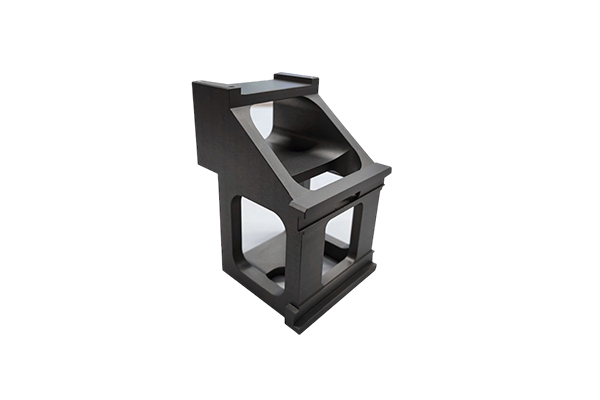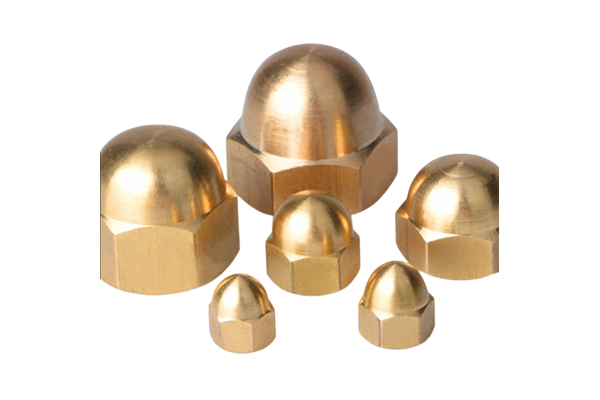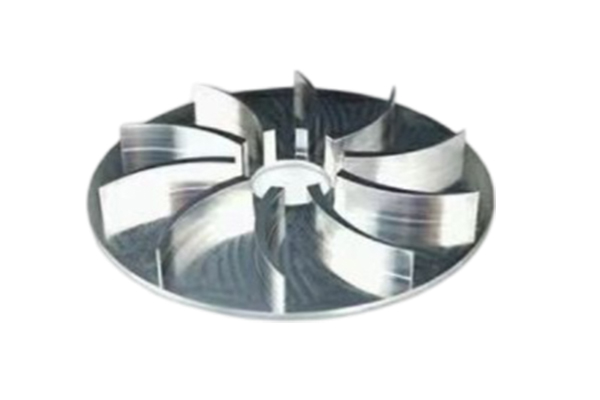Semiconductor equipment precision parts: the building blocks of the micro-nano world
Release Time : 2025-01-29
Semiconductor equipment precision parts are key components in the semiconductor manufacturing process. They work at the micro-nano scale and play a vital role in the progress and development of the entire semiconductor industry. These precision parts include various sensors, actuators, optical components, filters, and various micro-mechanical structures, which together build the foundation of the semiconductor micro-nano world.
Semiconductor equipment precision parts are important because the development of the semiconductor industry depends largely on the precision and performance of these tiny parts. These parts not only need to achieve precise shapes and sizes at the microscopic scale, but also need to have high stability, reliability and consistency. The following are several aspects of the importance of semiconductor equipment precision parts:
Manufacturing accuracy: semiconductor equipment precision parts directly affect the manufacturing accuracy of semiconductor devices. These parts play a key role in processes such as lithography, etching, and deposition. For example, in the lithography process, precision optical components ensure the precise focusing and imaging of light, thereby achieving sub-micron or even nanometer-level pattern transfer. Any tiny error may cause the performance of the device to degrade or fail.
Yield and cost: The performance of precision parts directly affects the yield and cost of semiconductor manufacturing. High-precision parts can improve process stability and repeatability, reduce defect rates, and thus improve overall yield. At the same time, by optimizing part design and manufacturing processes, production costs can be reduced and market competitiveness can be improved.
Functional diversity: semiconductor equipment precision parts are able to achieve a variety of functions, including sensing, actuation, filtering, optical processing, etc. These functions are essential for the automation, monitoring, and control of semiconductor equipment. For example, sensors can monitor parameters such as temperature, pressure, and position, and actuators can be precisely adjusted based on these data to keep process parameters stable.
Technological innovation: The development of precision parts has driven innovation in semiconductor technology. With the increasing demand for smaller size, higher integration, and higher performance, precision parts need to continuously break through existing technological boundaries. The introduction of new materials, new manufacturing processes, and new design methods has promoted the continuous advancement of semiconductor equipment precision parts.
In short, semiconductor equipment precision parts are the building blocks of the semiconductor micro-nano world, and their accuracy, stability, reliability, and functionality are essential to the success of semiconductor manufacturing.
Semiconductor equipment precision parts are important because the development of the semiconductor industry depends largely on the precision and performance of these tiny parts. These parts not only need to achieve precise shapes and sizes at the microscopic scale, but also need to have high stability, reliability and consistency. The following are several aspects of the importance of semiconductor equipment precision parts:
Manufacturing accuracy: semiconductor equipment precision parts directly affect the manufacturing accuracy of semiconductor devices. These parts play a key role in processes such as lithography, etching, and deposition. For example, in the lithography process, precision optical components ensure the precise focusing and imaging of light, thereby achieving sub-micron or even nanometer-level pattern transfer. Any tiny error may cause the performance of the device to degrade or fail.
Yield and cost: The performance of precision parts directly affects the yield and cost of semiconductor manufacturing. High-precision parts can improve process stability and repeatability, reduce defect rates, and thus improve overall yield. At the same time, by optimizing part design and manufacturing processes, production costs can be reduced and market competitiveness can be improved.
Functional diversity: semiconductor equipment precision parts are able to achieve a variety of functions, including sensing, actuation, filtering, optical processing, etc. These functions are essential for the automation, monitoring, and control of semiconductor equipment. For example, sensors can monitor parameters such as temperature, pressure, and position, and actuators can be precisely adjusted based on these data to keep process parameters stable.
Technological innovation: The development of precision parts has driven innovation in semiconductor technology. With the increasing demand for smaller size, higher integration, and higher performance, precision parts need to continuously break through existing technological boundaries. The introduction of new materials, new manufacturing processes, and new design methods has promoted the continuous advancement of semiconductor equipment precision parts.
In short, semiconductor equipment precision parts are the building blocks of the semiconductor micro-nano world, and their accuracy, stability, reliability, and functionality are essential to the success of semiconductor manufacturing.







